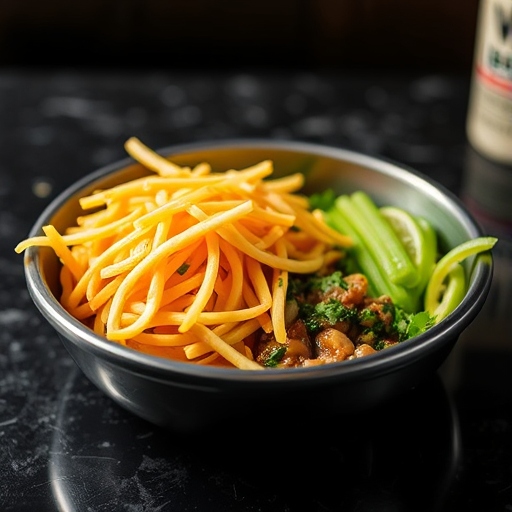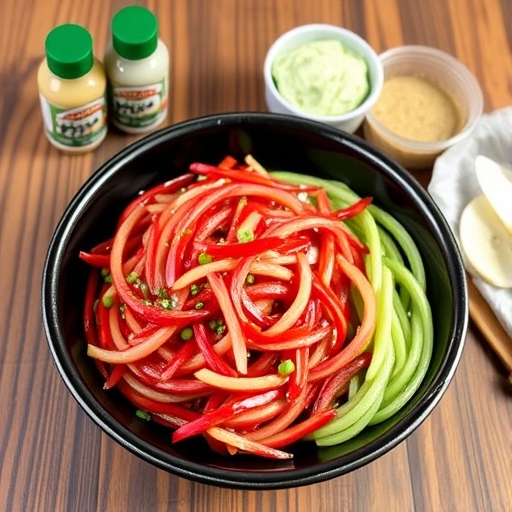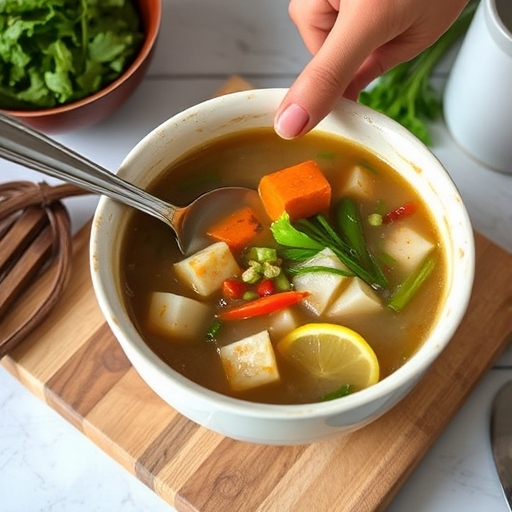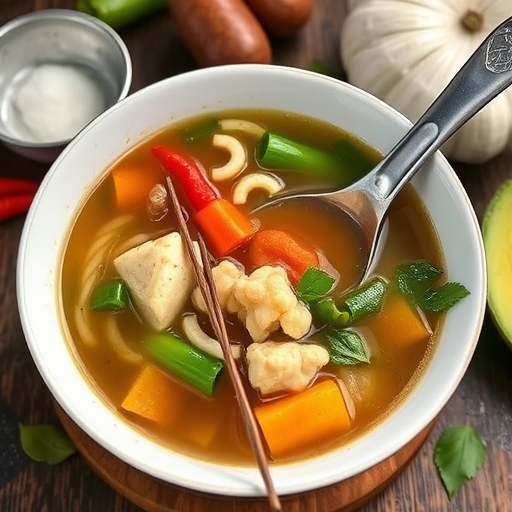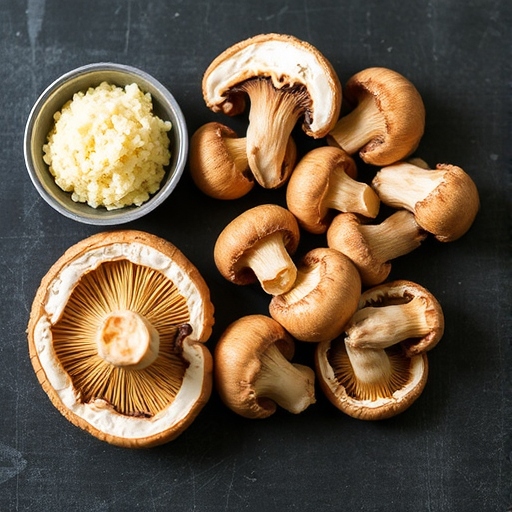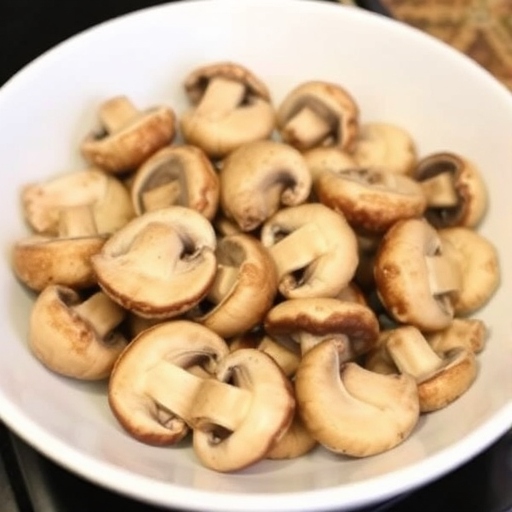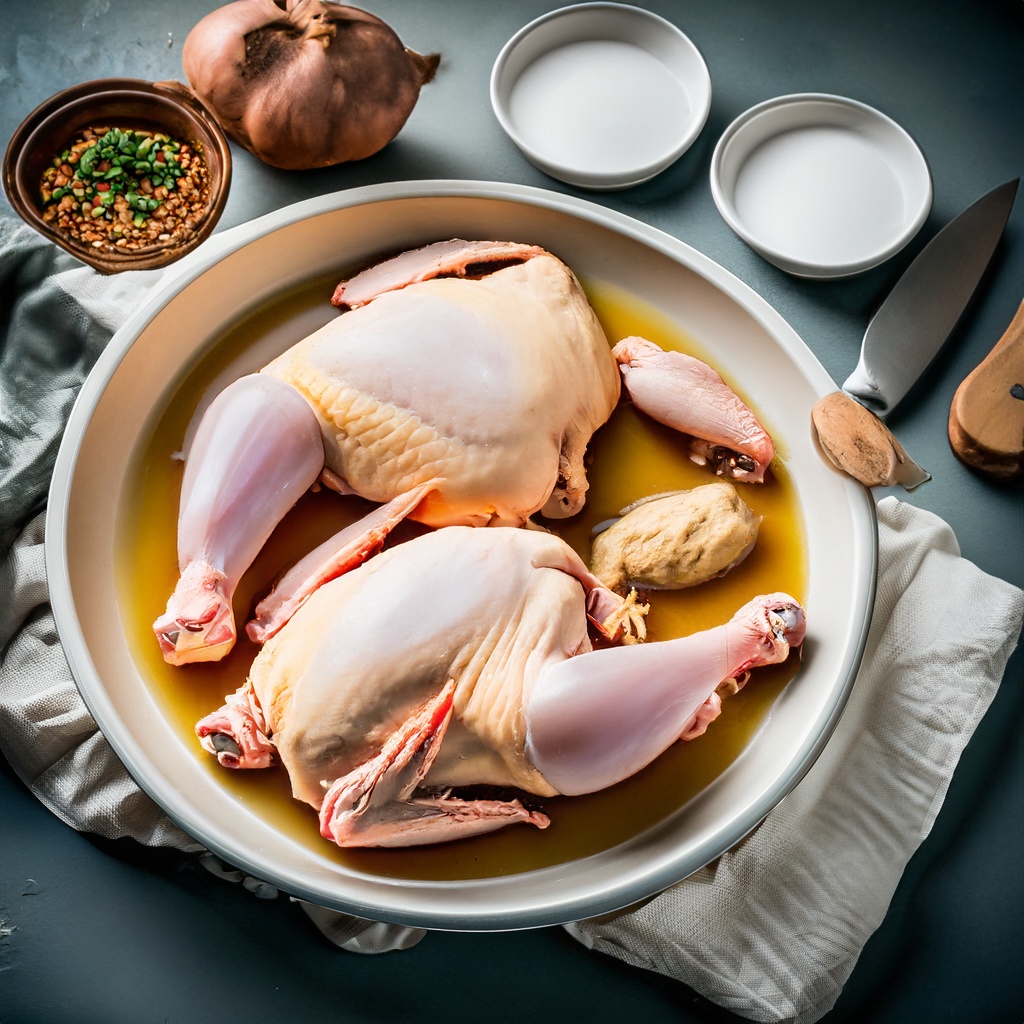Introduction
Making your own smoked salmon at home is an artful way to create a luxurious dish that rivals store-bought varieties. With its rich, smoky flavor and delicate texture, this recipe transforms a simple fish fillet into an impressive centerpiece for brunches, appetizers, or gourmet meals.
Whether you’re a seasoned home chef or a beginner looking to try something new, this homemade smoked salmon recipe will guide you through the process step-by-step.
Table of Contents
The Story Behind Homemade Smoked Salmon
Smoked salmon has been a staple in culinary traditions worldwide, from the Nordic regions to North America. Historically, smoking was used to preserve fish for longer periods, especially in colder climates. Over time, it evolved into a delicacy enjoyed for its distinctive flavor. This recipe allows you to recreate the essence of traditional methods with a modern twist, offering a satisfying experience from preparation to the first bite.
The Benefits of Making Your Own Smoked Salmon
- Customization: Adjust flavors to your liking with different wood chips, seasonings, and brining methods.
- Freshness Guaranteed: Homemade smoked salmon is free from preservatives and artificial flavors.
- Cost-Effective: High-quality smoked salmon can be expensive; making it at home is more economical.
- Satisfaction: There’s a unique joy in crafting this luxurious dish yourself.
Essential Ingredients for the Perfect Smoked Salmon
- 1 lb fresh salmon fillet (skin-on)
- ¼ cup kosher salt
- ¼ cup brown sugar
- 1 teaspoon black pepper
- 1 teaspoon smoked paprika (optional)
- Wood chips for smoking (hickory, applewood, or cherrywood)
Cultural History of Ingredients
- Salmon: A prized fish in Scandinavian, Native American, and Japanese cuisines for centuries.
- Salt and Sugar: Essential for curing, these ingredients draw out moisture while enhancing flavor.
- Wood Chips: Different woods impart unique smoky profiles; hickory adds a robust flavor, while applewood lends a subtle sweetness.
Equipment You’ll Need
- Smoker or grill with a lid
- Aluminum foil or smoking tray
- Meat thermometer
- Sharp knife
- Plastic wrap
Step-by-Step Instructions for Homemade Smoked Salmon
Step 1: Prepare the Salmon
- Rinse the salmon fillet under cold water and pat dry with paper towels.
- Check for pin bones and remove them using tweezers.
Step 2: Create the Cure
- In a bowl, mix kosher salt, brown sugar, black pepper, and smoked paprika.
- Rub the mixture evenly over both sides of the salmon.
Step 3: Cure the Salmon
- Place the salmon in a shallow dish or on a tray, skin-side down.
- Cover tightly with plastic wrap and refrigerate for 12–24 hours to cure.
Step 4: Rinse and Dry
- Rinse the cured salmon under cold water to remove excess salt and sugar.
- Pat dry and place on a wire rack to air-dry for 1–2 hours. This forms a pellicle, a sticky surface that helps absorb smoke.
Step 5: Smoke the Salmon
- Preheat your smoker or grill to 150–180°F.
- Add your chosen wood chips to the smoker.
- Place the salmon on the smoker grate, skin-side down. Smoke for 2–4 hours, or until the internal temperature reaches 145°F.
Step 6: Cool and Store
- Allow the smoked salmon to cool completely.
- Store in an airtight container in the refrigerator for up to one week.
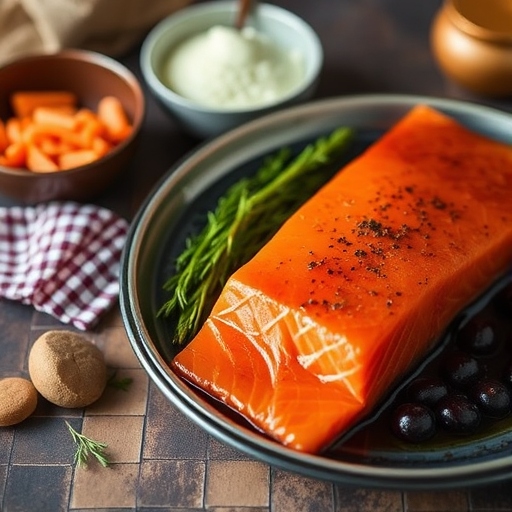
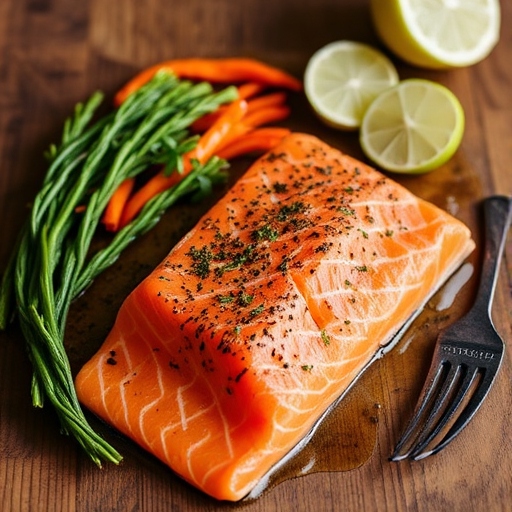
Suggestions for Serving and Storing
- Serving Ideas:
- Serve on bagels with cream cheese and capers.
- Pair with scrambled eggs for a gourmet breakfast.
- Add to salads, pasta, or sushi rolls.
- Storage Tips:
- Wrap tightly in plastic wrap and store in the fridge.
- Freeze portions for up to 3 months.
Chef Simon’s Tips for Smoked Salmon
- Experiment with Woods: Try mesquite for bold flavors or alder for a milder taste.
- Add Herbs: Mix fresh dill or thyme into the curing mixture for an herbal note.
- Don’t Rush: Let the salmon cure and air-dry fully for the best results.
Emotional and Psychological Impact of Food
Homemade smoked salmon offers a sense of achievement and pride. Its rich aroma and flavor evoke memories of shared meals and celebrations, creating a lasting impression on those you serve it to.
Mindful Cooking Techniques
- Take time to rub the cure evenly, appreciating the transformation of raw ingredients.
- Focus on the scent of the wood chips as they smoke, connecting with the tradition of slow cooking.
Tips for Keeping the Recipe Fresh Longer
- Store smoked salmon in vacuum-sealed bags for extended freshness.
- Avoid exposure to air, which can cause the fish to dry out or spoil.
Advanced Culinary Terms and Techniques
- Pellicle Formation: The tacky surface that forms during air-drying, essential for holding smoke flavor.
- Cold Smoking vs. Hot Smoking: This recipe uses hot smoking for safe, easy home preparation.
Healthy Ingredient Alternatives
- Low-Sodium Version: Reduce the salt in the cure and extend curing time.
- Sugar-Free Option: Substitute brown sugar with stevia or leave it out entirely.
- Omega-3 Boost: Use wild-caught salmon for higher nutritional benefits.
More Serving Ideas
- Use as a topping for avocado toast.
- Incorporate into a creamy smoked salmon dip.
- Make gourmet wraps with smoked salmon, arugula, and lemon aioli.
Common Issues and Solutions
- Salmon Too Salty: Reduce cure time or rinse thoroughly before smoking.
- Dry Texture: Avoid overcooking; monitor internal temperature closely.
- Inconsistent Smoke Flavor: Ensure even airflow in the smoker.
Variations to Try
- Maple-Glazed Smoked Salmon: Add maple syrup to the curing mix for a sweet twist.
- Spicy Smoked Salmon: Include cayenne pepper or chili flakes in the rub.
- Cold-Smoked Salmon: Requires specialized equipment but delivers silky, lox-like results.
Nutritional Information and Health Benefits
- Calories: ~120 per serving
- Protein: Packed with high-quality protein for muscle repair
- Omega-3 Fatty Acids: Promote heart and brain health
The Art of Pairing Smoked Salmon
- With Drinks: Pair with sparkling wine, a crisp Sauvignon Blanc, or iced green tea.
- With Cheese: Serve alongside creamy cheeses like brie or mascarpone.
- With Breads: Complement with crusty baguettes or soft brioche.
Weather and Recipe Outcome
Smoking salmon is a year-round activity, but the cozy, smoky flavors feel especially satisfying during cooler months or festive occasions.
Other Fish Recipes to Explore
- Baked Herb-Crusted Salmon
- Grilled Tuna Steaks
- Classic Fish Tacos
- Lemon Butter Cod
Focus on Tools and Equipment
- Smoker: A quality smoker ensures consistent temperatures and even smoke distribution.
- Digital Thermometer: Essential for accurate internal temperature readings.
- Curing Tray: Keeps juices contained during the curing process.
Frequently Asked Questions (with answers)
Q: Can I use frozen salmon for this recipe?
A: Yes, but thaw it completely and pat dry before curing.
Q: How long should I smoke the salmon?
A: 2–4 hours, depending on the thickness of the fillet.
Q: What’s the best wood for smoking salmon?
A: Applewood, cherrywood, or alder are great choices for a mild, sweet flavor.
Conclusion
Crafting homemade smoked salmon is an adventure in flavor, texture, and tradition. With a balance of curing, drying, and smoking, this recipe allows you to create a dish that’s as rewarding to prepare as it is to eat. Give it a try and savor the rich, smoky satisfaction of your own culinary masterpiece!



